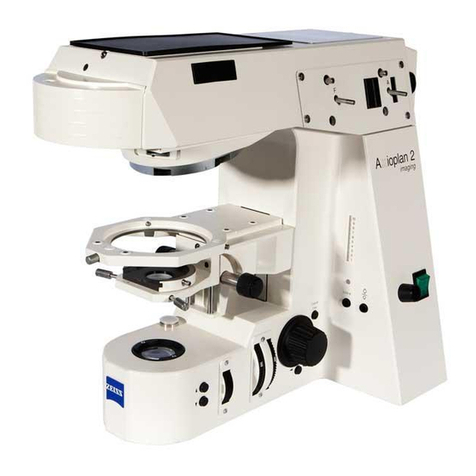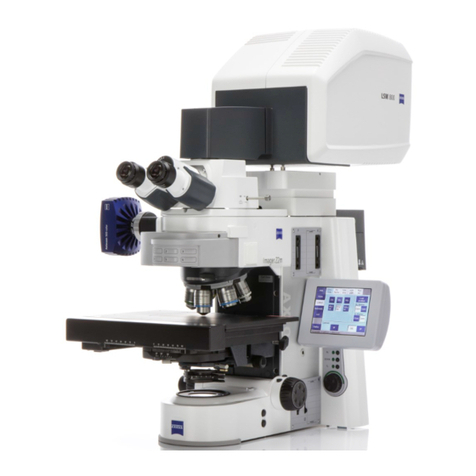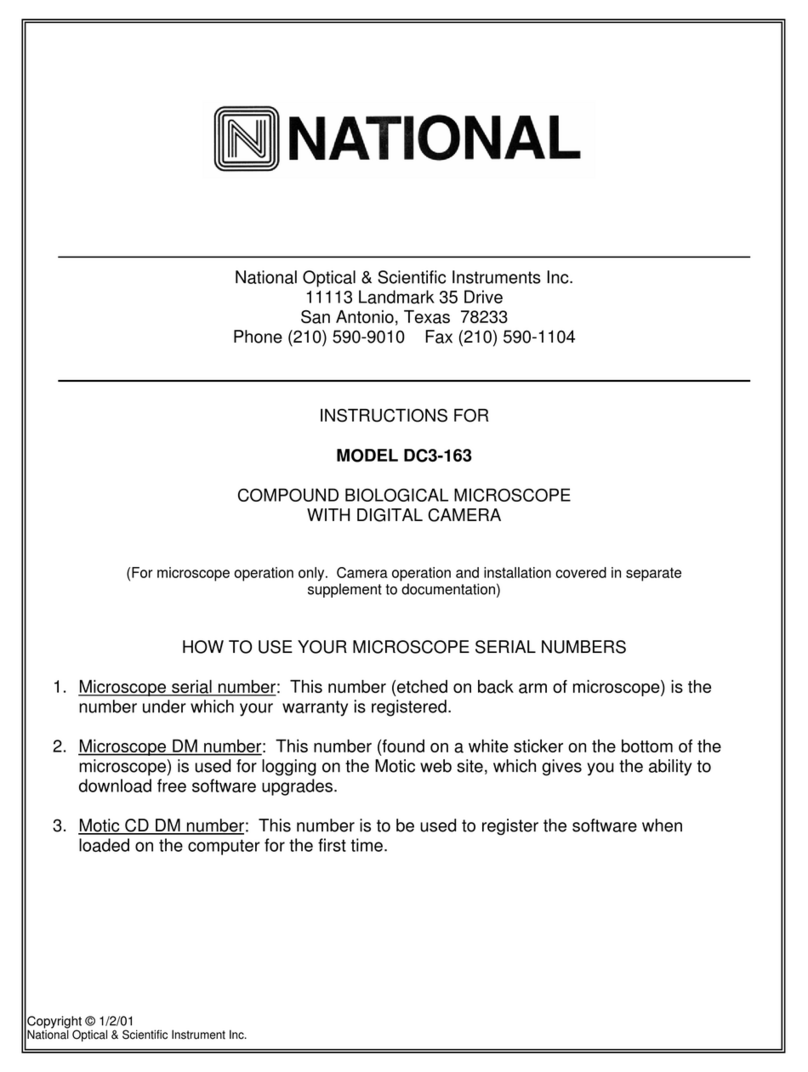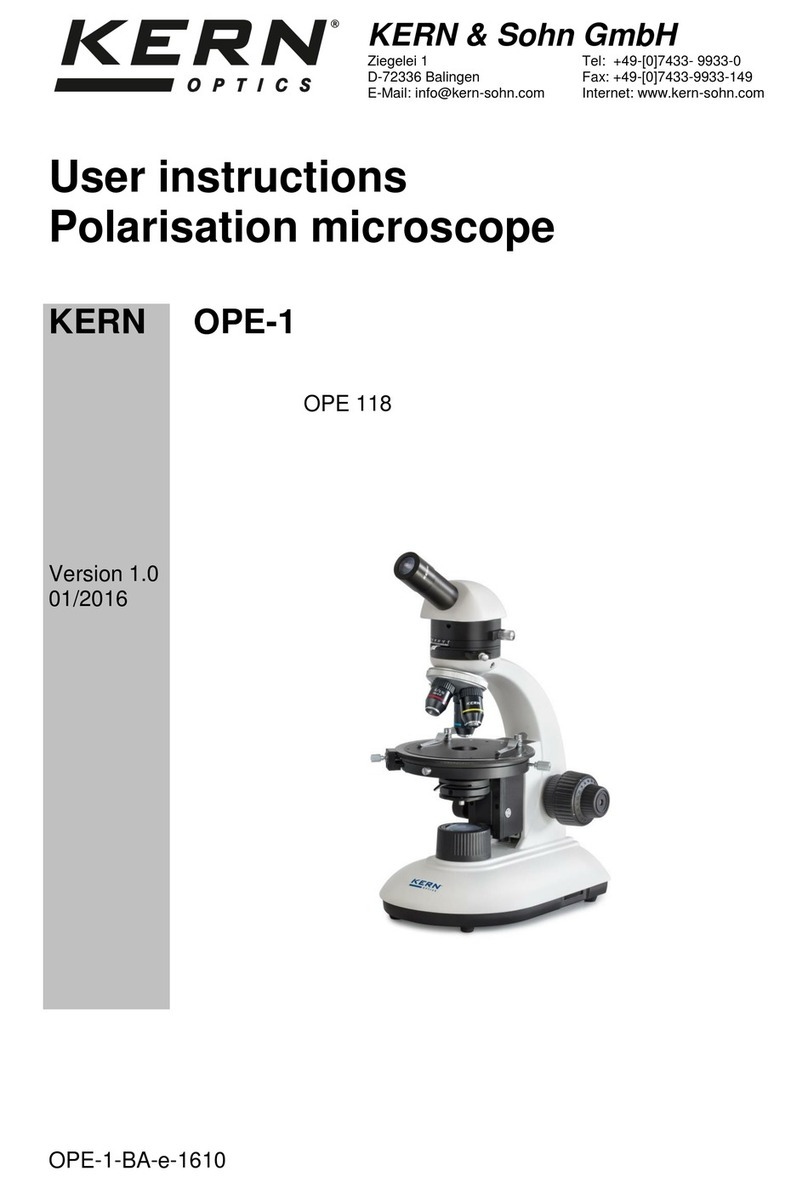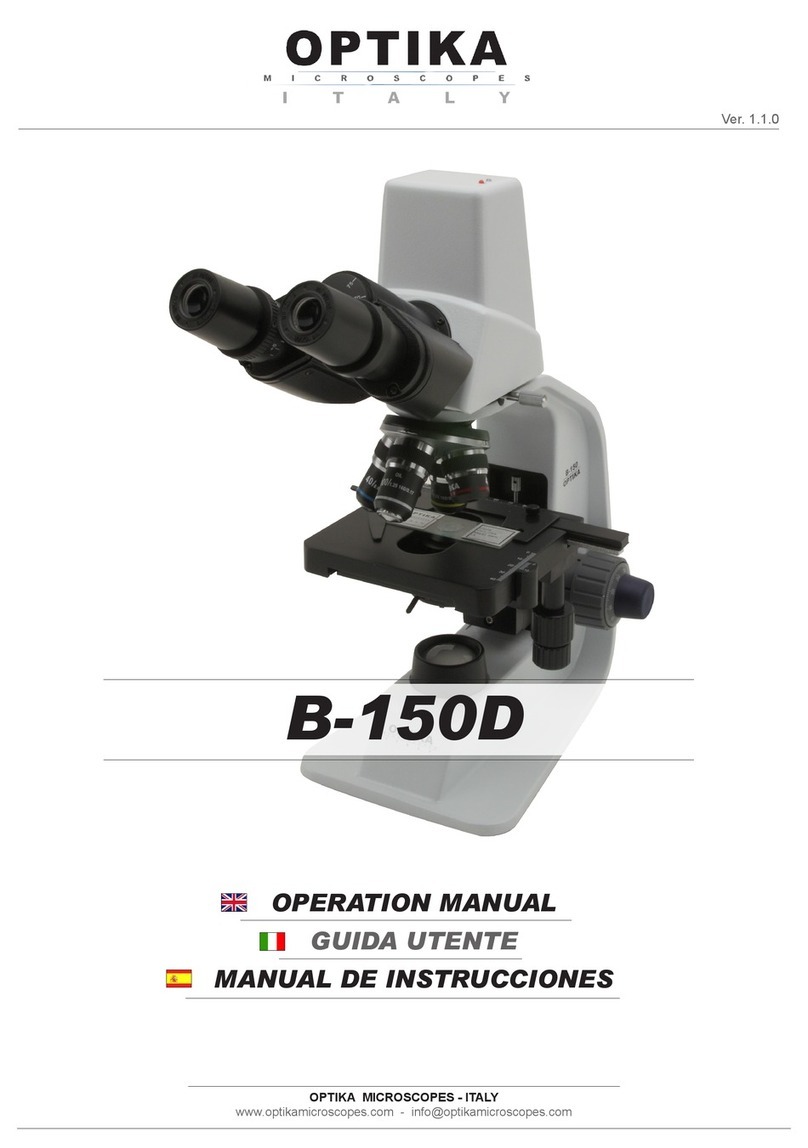Zeiss EM 10 A User manual
Other Zeiss Microscope manuals

Zeiss
Zeiss Colibri 7 User manual

Zeiss
Zeiss 348247-9013-000 User manual
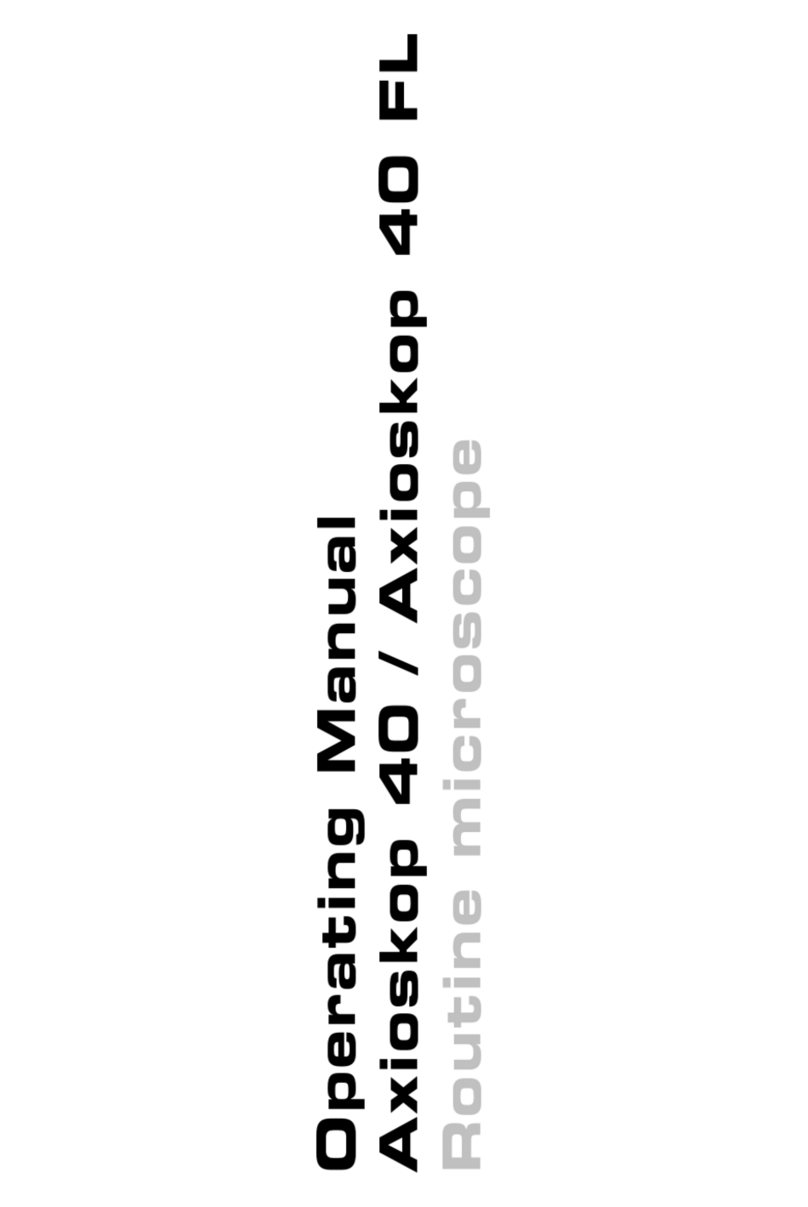
Zeiss
Zeiss Axioskop 40 User manual
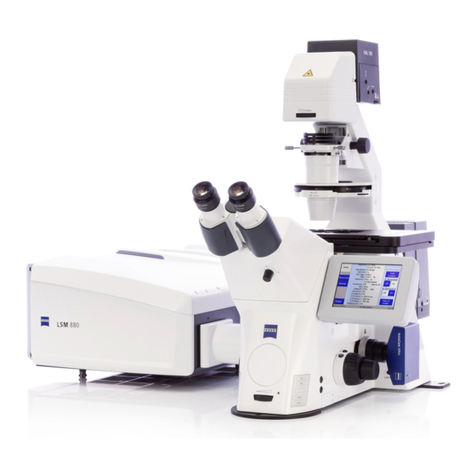
Zeiss
Zeiss LSM 880 with AiryScan FAST Setup guide
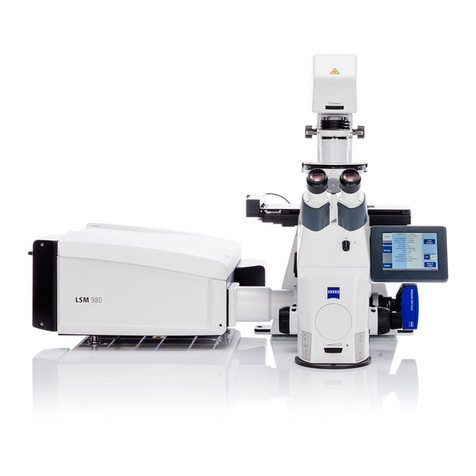
Zeiss
Zeiss LSM 710 User manual
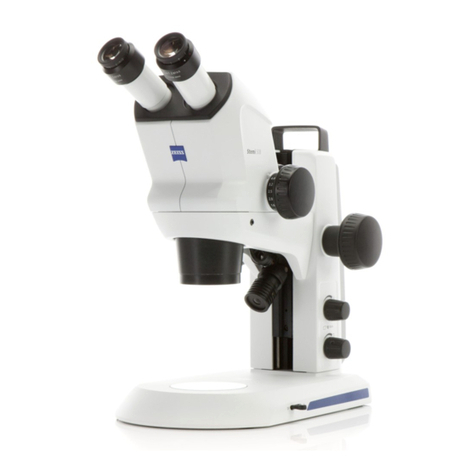
Zeiss
Zeiss Stemi 508 User manual
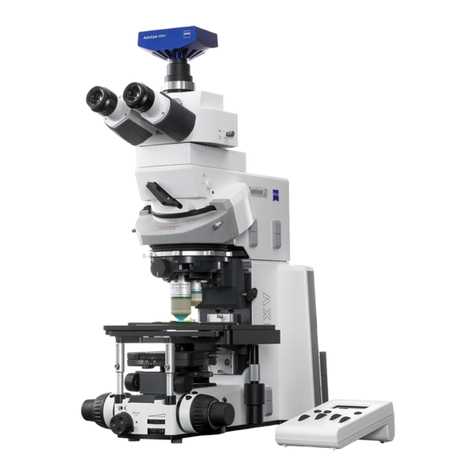
Zeiss
Zeiss Axio Examiner User manual
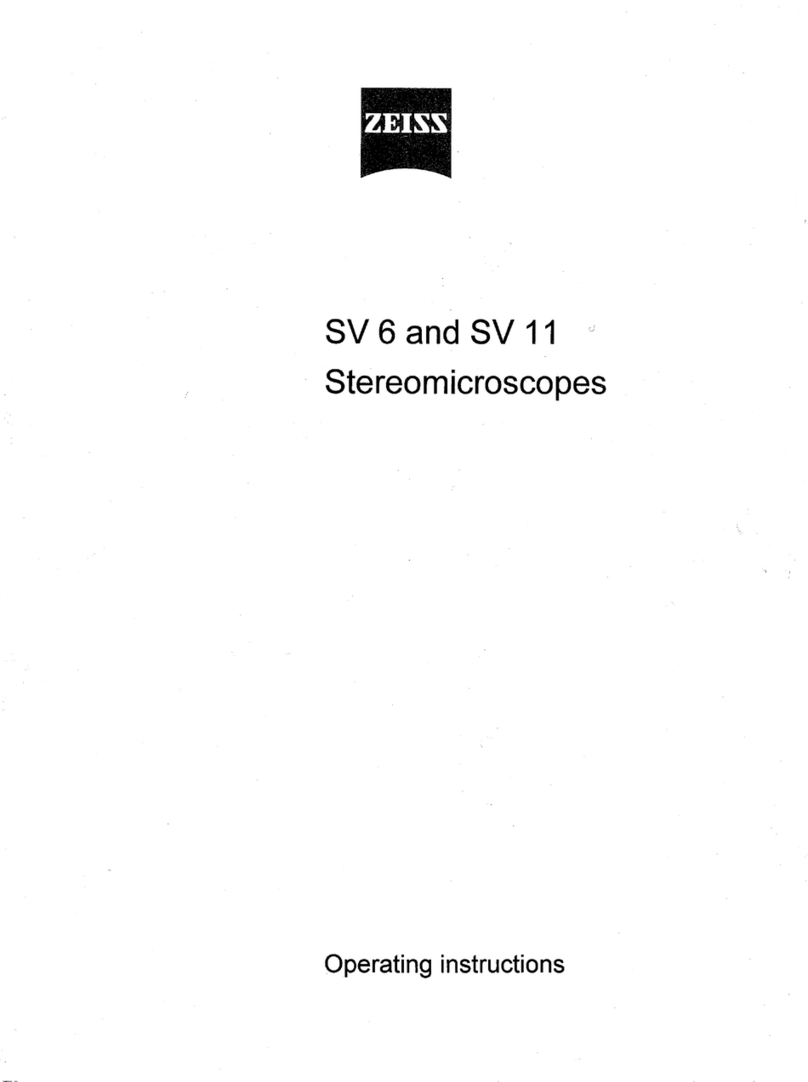
Zeiss
Zeiss SV 6 User manual

Zeiss
Zeiss LSM 880 Operating and maintenance manual

Zeiss
Zeiss LSM 900 User manual
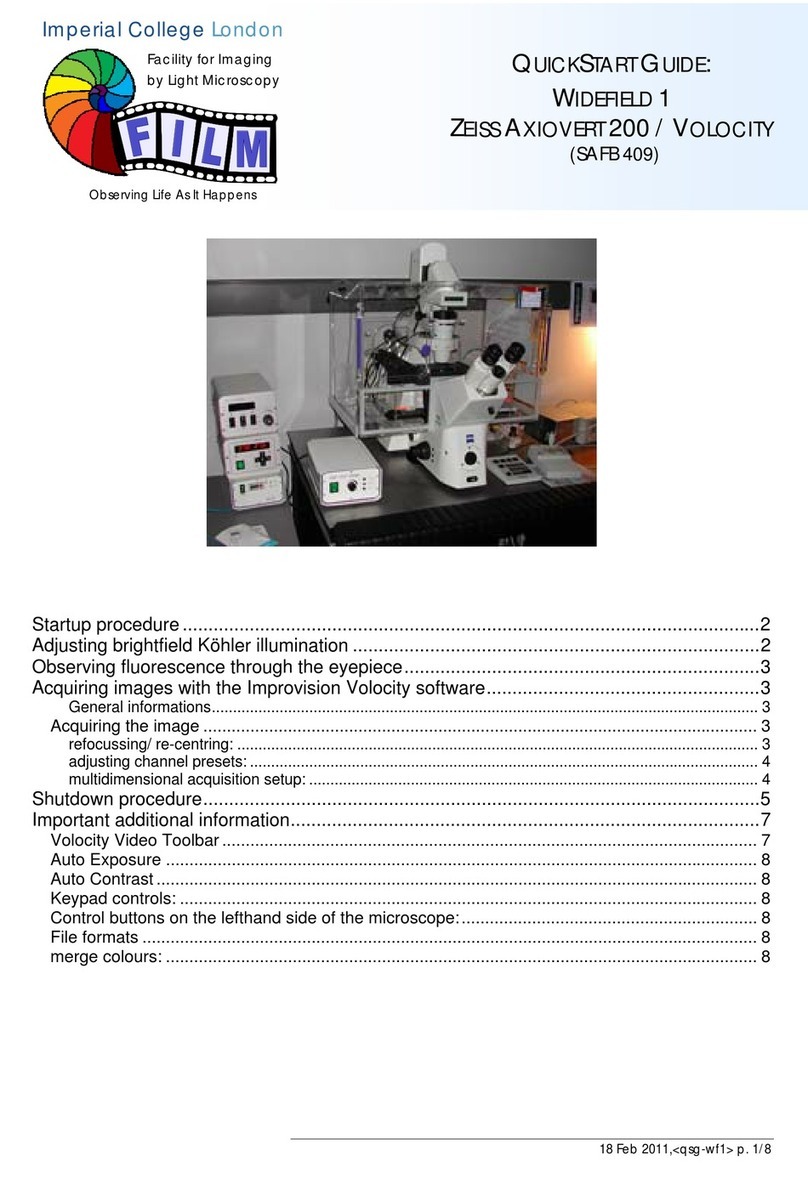
Zeiss
Zeiss Axiovert 200 User manual
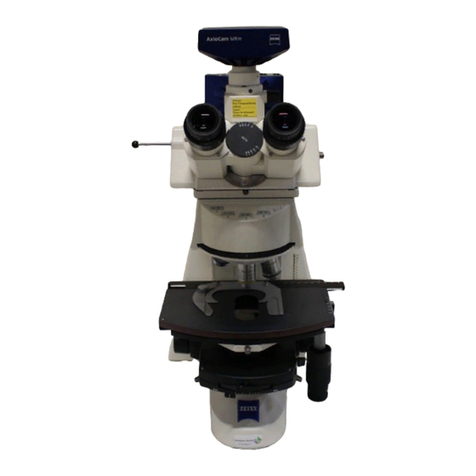
Zeiss
Zeiss Axioskop 2 FS plus User manual

Zeiss
Zeiss LSM 710 User manual

Zeiss
Zeiss Stemi 305 cam User manual
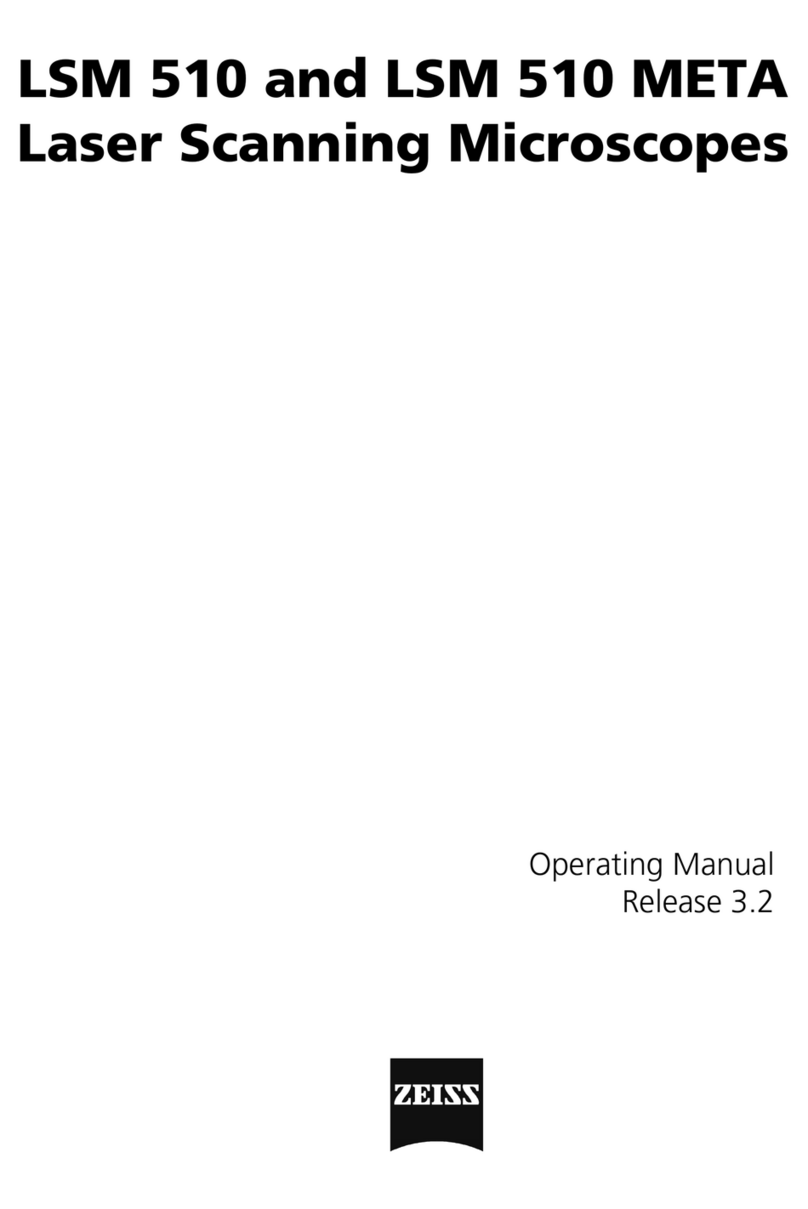
Zeiss
Zeiss LSM 510 META User manual
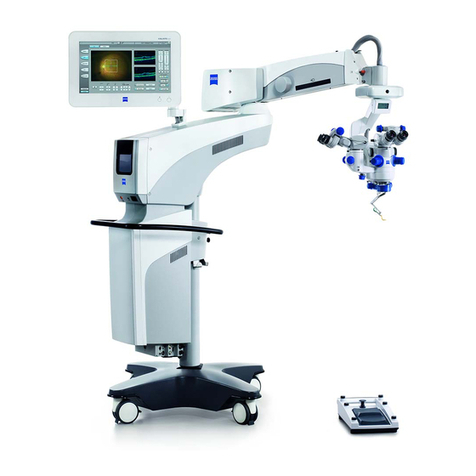
Zeiss
Zeiss opmi lumera 700 Installation guide

Zeiss
Zeiss Stemi 508 User manual

Zeiss
Zeiss LSM 710 User manual

Zeiss
Zeiss Corona extreme User manual
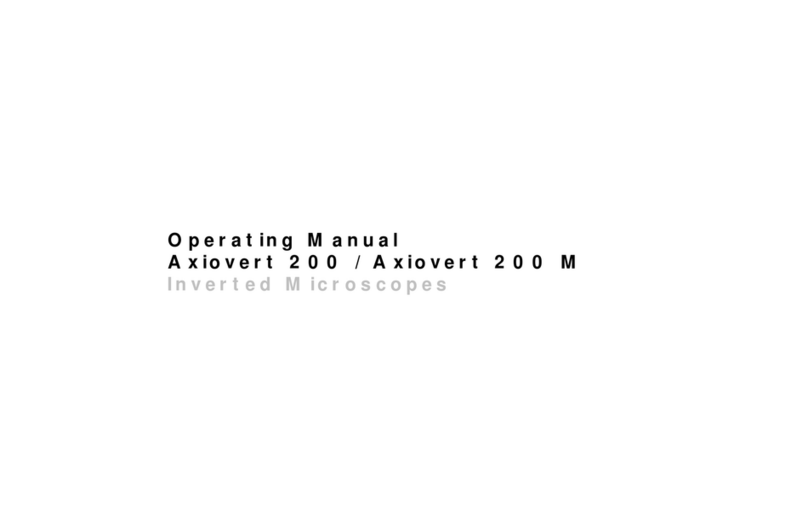
Zeiss
Zeiss Axiovert 200 User manual

